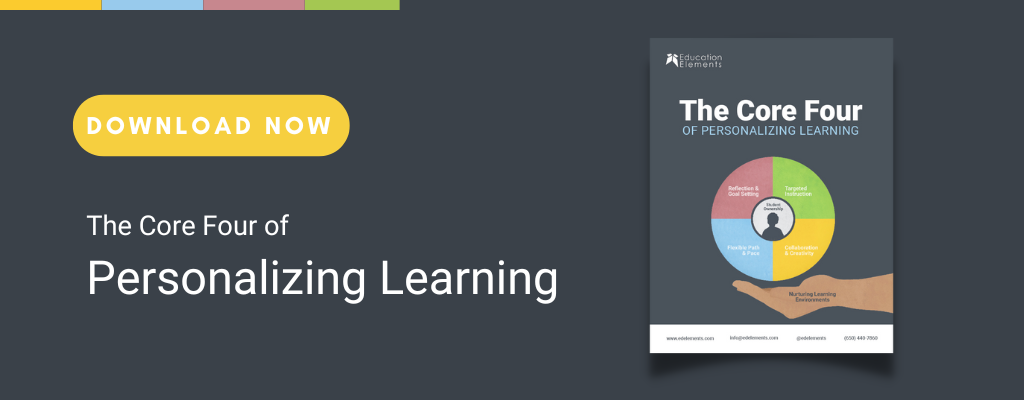When students take ownership of their learning, it can transform the school experience for both students and teachers. Cultivating academic agency among students is not a quick process, but by implementing a few small practices consistently over time, educators can foster a culture of student-led learning. Here are some simple yet effective ways to build your students' investment in their own education, one step at a time.
Provide Choices that Lead to the Same End Goal
In a world where students feel like they are always being told what to do, even a small choice can help to build ownership and agency for students. I like to think about this like a road trip; the whole class is going to the same destination, but each student might take a slightly different path to get there. Consider what parts of this journey are ones that everyone must take, and what is flexible, and give students choice around that.
Start Small:
- Do you want students to read and annotate two articles? Give them a choice of which one to do first. At the end of the day, both will still be read.
- By the end of class, you need all students to read Chapter 3, and then independently complete a 15- minute exit ticket on that chapter. Give students a choice of how to read, either independently, with a partner, or by listening to a recording. At the end of the day, all students will have read Chapter 3 but with a bit more agency in how.

Set Many Types of Goals
Goal setting looks different in classrooms, there can be longer (ex. quarter or semester) or shorter term goals (ex. the next 10 minutes or today’s class period), individual student goals or whole class goals; the possibilities are endless. Setting goals can help provide a clear focus and purpose for student learning. By revisiting goals often and tracking progress, students will be motivated to see how far they have come.
Start Small:
- Before a quiz, have students work together to set a goal for a class average. Once the quizzes have been graded, share the average with the class.
- Have a student who is working on emotional regulation set a goal for self-advocacy, where they ask to take a break when needed.
Pause and Facilitate Reflection Often
Pausing and revisiting the “why” can help students make meaning of new learning. Facilitating reflection can help to make sure that students aren’t just consuming new information, but processing it and producing their own thinking. Pausing to reflect also gives teachers a chance to check students' understanding of new topics, and see where misconceptions might lie.
Start Small:
- Pause during the middle of class and ask a simple question, and give students a minute or two to jot down their answer, ex. “I feel clear about … I am still cloudy about…”
- As part of an academic exit ticket, include a reflection question, ex. “A question I still have from today is…” or “A new learning I had from today is…”
Remember that building student ownership is a process, so start small and focus on making 1% changes to see what works, or doesn’t work, for you and your students. Change doesn’t have to be 100% or nothing at all, 1% changes are all about small shifts, like having one student set one goal. Over time, these small shifts will lead to big changes!
